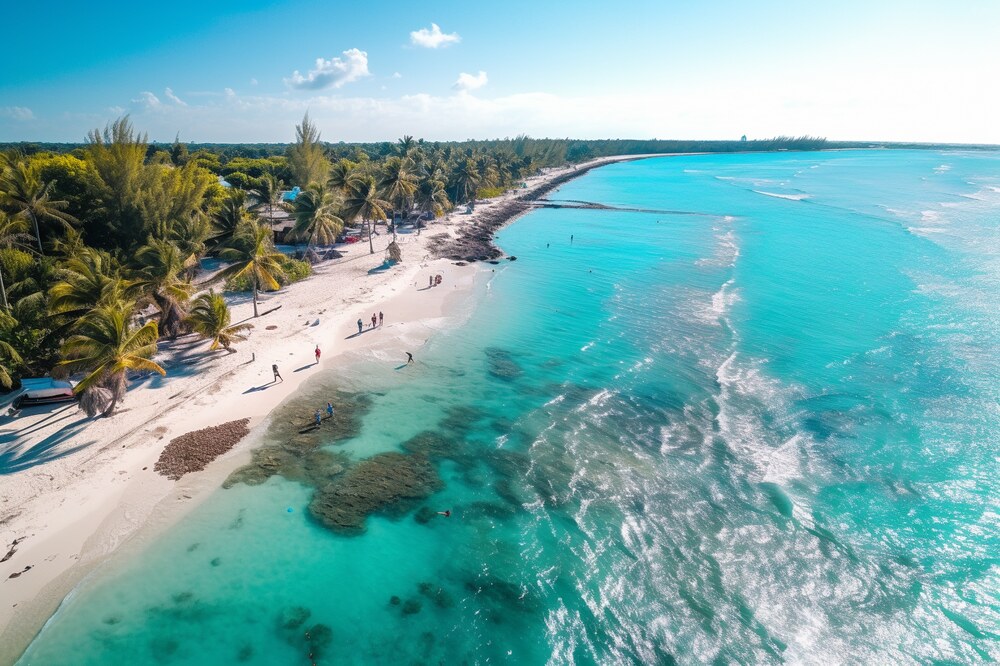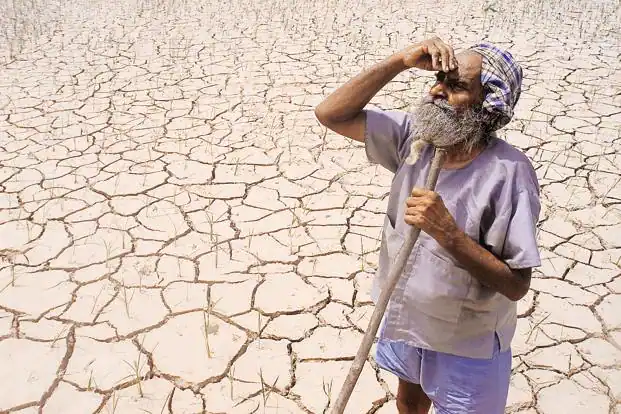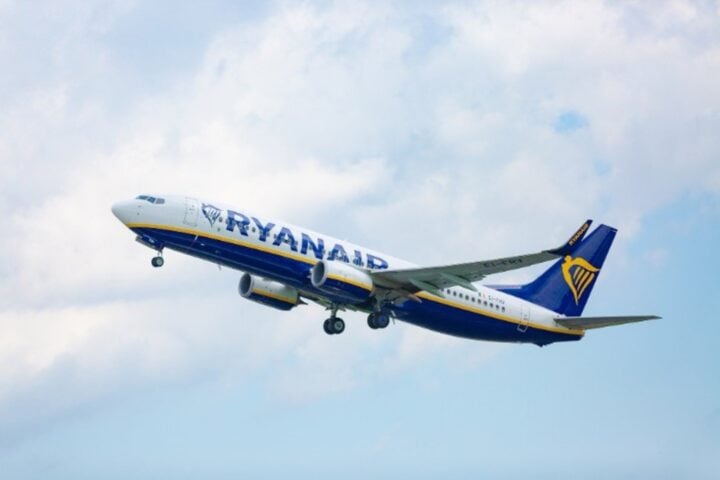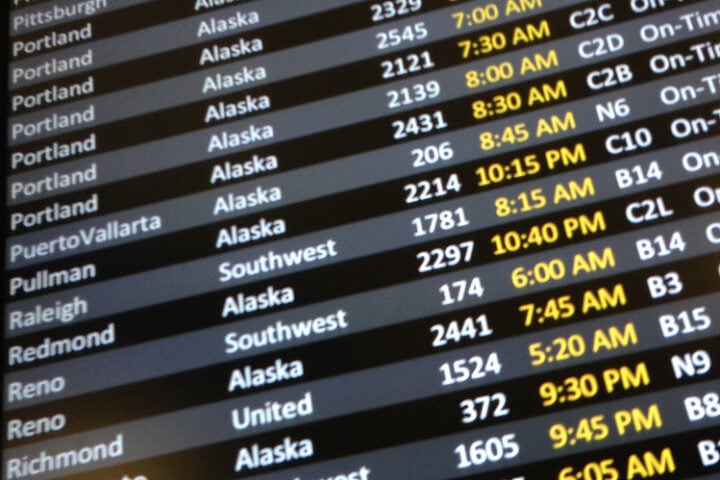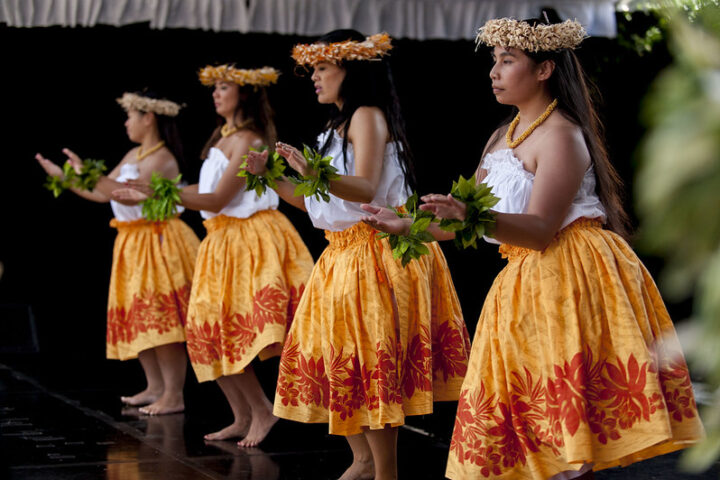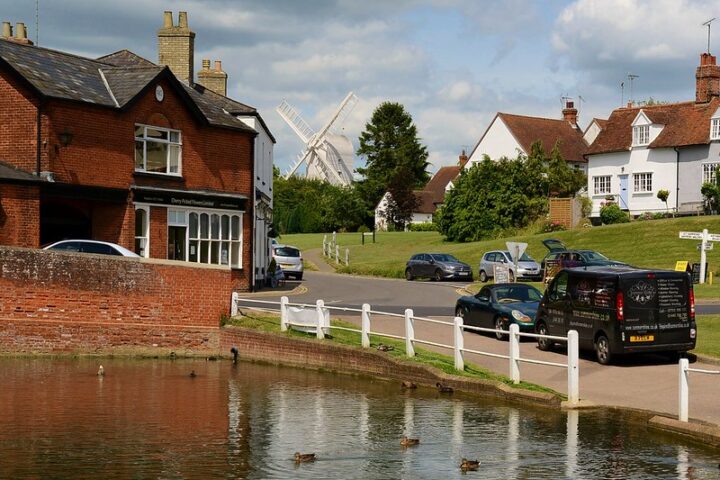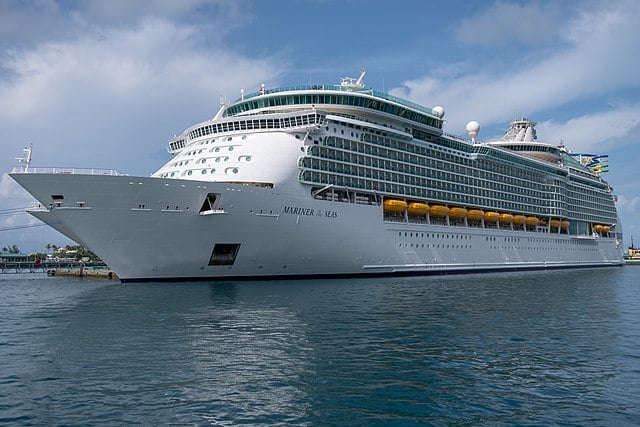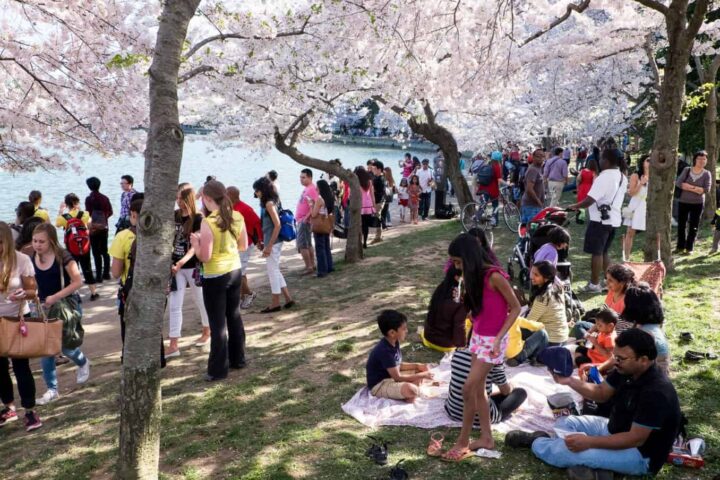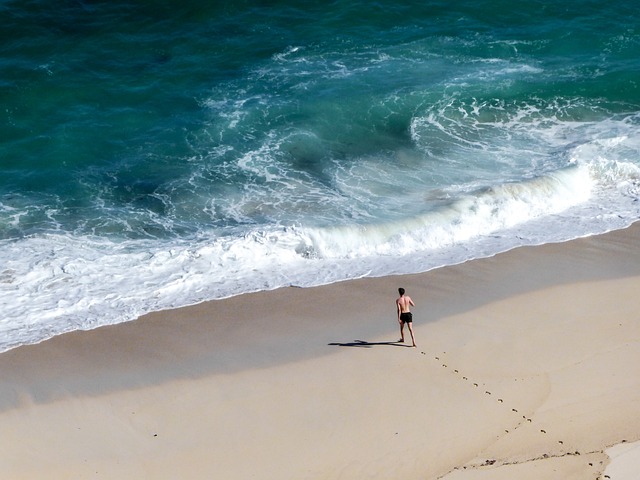Slow travel: it is hard to tell when this concept originated, but it definitely emerged in the early 2000s. It seems to have its roots tracing back to the slow food movement of 1986. This movement, a direct opposition to fast food, emphasized values like eating locally, in season, fair payment to producers, and respecting the earth. Slow travel emerged as a response to the negative effects of mass tourism, embodying the need to slow down, enjoy, rest, and avoid strict schedules. This shift is an antidote to the frantic “revenge travel” that followed pandemic restrictions.
The term “slow” has become quite trendy and is seen in various domains, like slow fashion and slow food. It represents a cultural shift towards taking time to appreciate and immerse in experiences rather than rushing through them. This idea of savoring experiences can be compared to the tradition of arepas in South American cuisine, a simple yet rich culinary delight enjoyed for centuries, evolving but retaining its core simplicity and cultural significance.
In the realm of travel, slow tourism adapts to the location. Many regions and their local tourism industry promote values associated with slow travel, encouraging visitors to engage with the local culture, environment, and pace of life authentically and sustainably. Different regions offer unique experiences under the umbrella of slow tourism, from exploring rural landscapes to engaging in local culinary traditions or even offering a helping hand with local issues, like beach clean-ups or pop-up schools to teach computing.
Travel Lemming has presented its 2024 Best Places on November 7, 2023. It offers a refreshing perspective as it emphasizes “slow travel,” encouraging travelers to immerse themselves in their destinations rather than rushing through them. Travel Lemming, an influential online travel guide, leverages its 10 million annual readership to showcase 50 global destinations, with Mexico’s Yucatán topping the list.
Leading the 2024 list, Yucatán is described as an underrated gem. The state is set for a tourism boost with the launch of the Mayan Train project. Michelle Fridman Hirsch, Yucatán’s Minister of Tourism, highlights the region’s cultural and natural attractions, including the 7 Magical Towns, Chichen Itza, and numerous cenotes.
Similar Posts
The list is a blend of international and domestic locations. Gizo in the Solomon Islands, Stavanger in Norway, and Phú Quốc in Vietnam stand out among the global selections. Domestically, cities like Memphis, Tennessee, and Eureka Springs, Arkansas, receive recognition for their unique character.
Nate Hake, CEO of Travel Lemming, remarks, “2024 will be the year travelers choose immersive experiences over packed itineraries.” This statement captures the essence of the list—destinations ripe for deep exploration and cultural engagement.
Travel Lemming’s 2024 Best Places to Travel List
- Yucatán, Mexico: Known for its rich Mayan heritage, stunning cenotes, and vibrant culture.
- Gizo, Solomon Islands: A remote paradise offering pristine beaches and unique cultural experiences.
- Stavanger, Norway: Famed for its stunning fjords and vibrant cultural scene.
- Antigua, Guatemala: A colonial gem with rich history and picturesque landscapes.
- Memphis, Tennessee, USA: Renowned for its musical heritage and southern charm.
- Phú Quốc, Vietnam: An island paradise known for its beautiful beaches and lush landscapes.
- St. John’s, Newfoundland & Labrador, Canada: A city known for its rugged coastline and rich maritime history.
- Kodiak, Alaska, USA: A natural wonderland offering unparalleled wildlife viewing.
- Guatapé, Colombia: Famous for its colorful streets and stunning views.
- Eureka Springs, Arkansas, USA: A quaint town known for its Victorian architecture and natural springs.
- Voyageurs National Park, Minnesota, USA: A haven for water sports enthusiasts and nature lovers.
- Tunisia: A blend of Mediterranean charm and rich historical heritage.
- Chiriquí Province, Panama: Known for its coffee plantations and cloud forests.
- Vashon Island, Washington, USA: A serene getaway close to Seattle, offering rural charm.
- Manchester, UK: A city rich in industrial history and modern cultural vibrancy.
- Ko Yao Noi, Thailand: An idyllic island with stunning seascapes and a laid-back vibe.
- Ljubljana, Slovenia: A green capital city with a mix of classical and modern architecture.
- Taipei, Taiwan: A bustling metropolis known for its night markets and mountainous surroundings.
- Wales (Cymru): Renowned for its rugged coastline, national parks, and Welsh culture.
- Iquitos, Peru: A gateway to the Amazon, accessible only by river or air.
- Quincy, Massachusetts, USA: Rich in American history and home to two U.S. Presidents.
- Tbilisi, Georgia: Known for its diverse architecture and vibrant cultural life.
- Türkiye: A transcontinental country rich in history, culture, and natural wonders.
- Jarabacoa, Dominican Republic: Offers a mountainous retreat with waterfalls and trails.
- Sarajevo, Bosnia and Herzegovina: A city known for its historical significance and unique architecture.
- Genoa, Italy: A port city with a rich maritime history and vibrant old town.
- São Miguel Island, Azores, Portugal: A natural paradise known for its hot springs and green landscapes.
- Essaouira, Morocco: A coastal city with a blend of African, Arabian, and European influences.
- Jacksonville, Florida, USA: Offers a mix of urban and natural attractions, including beautiful beaches.
- Northern Sumatra, Indonesia: Known for its diverse wildlife, including orangutans and tigers.
- Ranthambore National Park, India: A renowned tiger reserve and wildlife sanctuary.
- Biarritz, France: A luxurious seaside town famous for its surfing beaches.
- Spring Green, Wisconsin, USA: Known for its architectural marvels and natural beauty.
- Sintra, Portugal: A fairytale town with palaces and a romantic 19th-century aura.
- Cuenca, Spain: A medieval city famous for its hanging houses perched on a gorge.
- Maunabo, Puerto Rico: Offers a tranquil beach experience away from the tourist crowds.
- Marseille, France: A port city known for its multicultural atmosphere and seafood cuisine.
- Frisco, Texas, USA: A fast-growing city with a mix of cultural and sporting attractions.
- Mount Cotton, Queensland, Australia: A rural retreat offering wine tasting and nature walks.
- Inverness, Scotland, UK: A gateway to the Scottish Highlands, rich in history and folklore.
- Steamboat Springs, Colorado, USA: A ski resort town with natural hot springs.
- Bisbee, Arizona, USA: A historic mining town turned artistic enclave.
- Townsend, Tennessee, USA: A peaceful gateway to the Great Smoky Mountains.
- Klamath Falls, Oregon, USA: Known for its outdoor activities and proximity to Crater Lake.
- Oviedo, Spain: A historic city with a well-preserved medieval center.
- Sant’Agnello, Italy: A picturesque town near the Sorrento Peninsula.
- Hoboken, New Jersey, USA: Offers stunning Manhattan skyline views and rich cultural history.
- Jenner, California, USA: A coastal village offering serene views and wildlife spotting.
- Yabucoa, Puerto Rico: A lesser-known destination with beautiful beaches and scenic beauty.
- Takayama, Japan: A city known for its well-preserved Edo-style streets and cultural festivals.
Beyond the list, travel trends show a growing interest in sustainability and the use of AI in holiday planning. Studies indicate a surge in environmentally conscious travel and a willingness to pay more for sustainable options. AI’s role in holiday planning is also increasing, as evidenced by the significant usage of many apps like Kayak and Tripadvisor that have embraced AI in their systems.
“Slow travel” is a parallel trend on the rise, as surveys by Carl Friedrik reveal that many Americans are interested in this approach, which focuses on cultural immersion and environmental consciousness. However, the adoption of slow travel faces challenges. One of them is the average American’s limited vacation time.
Slow travel isn’t just about the destination; it’s a mindset shift. It’s about embracing a place, connecting with local communities, and reducing environmental impact. This trend reflects a broader societal shift towards more mindful, responsible living.
